Garlic is a staple ingredient in many cuisines, including Italian, Mediterranean, and Asian and is often used to flavor sauces, soups, stews, and marinades, and can be roasted, sautéed, or fried to bring out its rich, savory taste.
In addition to its culinary uses, garlic is also believed to have a number of health benefits. It is rich in antioxidants and contains compounds that have been shown to lower cholesterol, reduce inflammation, and even boost the immune system. Some studies have also suggested that garlic may help to prevent certain types of cancer.
Table of Contents
Health benefits of Garlic:
Here is an overview of garlic including its health benefits:
- Rich in Nutrients: Garlic is a good source of vitamins C and B6, manganese, selenium, and other minerals.
- Boosts Immune System: Garlic contains compounds that can boost the immune system, helping to fight off infections and illnesses.
- Anti-inflammatory Properties: The sulfur compounds in garlic have anti-inflammatory properties, which can help to reduce inflammation in the body.
- Improves Cardiovascular Health: Garlic has been shown to improve cardiovascular health by lowering blood pressure, reducing cholesterol levels, and improving circulation.
- May Lower Cancer Risk: Some studies suggest that regular consumption of garlic may lower the risk of certain types of cancer, such as stomach and colon cancer.
- Helps Manage Blood Sugar Levels: Garlic has been shown to help regulate blood sugar levels, which is beneficial for people with diabetes.
- Natural Antibiotic: Garlic has natural antibiotic properties, making it a popular home remedy for treating minor infections.
- Versatile Culinary Ingredient: Garlic is a versatile ingredient that can be used in a wide variety of dishes, adding flavor and aroma to soups, stews, stir-fries, and more.
Overall, garlic is a flavorful and nutritious ingredient that offers numerous health benefits and is an important part of many different cuisines around the world.
Different types of garlic and their uses:
There are many different types of garlic, each with its own unique flavor and characteristics. Here are some of the most common types of garlic and their uses:
- Softneck Garlic: Softneck garlic is the most common type of garlic and is often found in grocery stores. It has a mild flavor and is often used in Mediterranean and Asian cuisine. Softneck garlic is also good for braiding and can be stored for several months.
- Hardneck Garlic: Hardneck garlic has a stronger flavor than softneck garlic and is often used in Italian and French cuisine. It is also good for roasting and grilling. Hardneck garlic is typically available in the fall and winter and has a shorter storage life than softneck garlic.
- Elephant Garlic: Elephant garlic is a large, mild garlic variety that is often used in roasts, stews, and stir-fries. It is not actually a true garlic, but a type of leek. Elephant garlic can be stored for several months and has a milder flavor than traditional garlic.
- Black Garlic: Black garlic is a type of garlic that has been fermented and aged, giving it a sweet, slightly tangy flavor. It is often used in Asian cuisine and can be used in marinades, sauces, and dressings.
- Rocambole Garlic: Rocambole garlic has a complex, rich flavor and is often used in Italian cuisine. It is also good for roasting and has a shorter storage life than softneck garlic.
- Creole Garlic: Creole garlic is a spicy garlic variety that is often used in Cajun and Creole cuisine. It has a rich, complex flavor and is good for grilling and roasting.
Overall, the different types of garlic offer a wide variety of flavors and characteristics, making them a versatile ingredient in many different types of cuisine.
Nutrition Facts of Garlic:
Garlic is a plant in the Allium (onion) family. It is commonly used as a seasoning in cooking due to its strong aroma and flavor. Here are the nutrition facts for 1 clove (3 grams) of garlic:
- Calories: 4
- Protein: 0.2 grams
- Carbohydrates: 1 gram
- Fiber: 0.1 gram
- Fat: 0.01 gram
- Vitamin C: 1% of the Daily Value (DV)
- Vitamin B6: 2% of the DV
- Selenium: 1% of the DV
- Manganese: 1% of the DV
Garlic also contains small amounts of other vitamins and minerals, including calcium, iron, and potassium. Additionally, garlic contains various bioactive compounds that have been linked to numerous health benefits, such as reducing inflammation and improving heart health.
How to prepare, cook and store garlic:
Here are some tips for preparing, cooking, and storing garlic:
Preparing Garlic:
- Separate the cloves from the bulb: Twist the bulb gently to loosen the cloves, then pull them apart.
- Remove the papery outer layer: Use your fingers to peel away the papery skin.
- Trim the stem end: Cut off the stem end with a sharp knife.
Cooking Garlic:
- Chop, mince, or crush the garlic: Depending on the recipe, you can chop the garlic into small pieces, mince it into tiny bits, or crush it with a garlic press.
- Add the garlic to the recipe: Garlic can be added to many dishes, such as sauces, soups, stews, and marinades. Just be careful not to burn the garlic, as it can turn bitter.
Storing Garlic:
- Store at room temperature: Garlic can be stored at room temperature in a dry, well-ventilated area, such as a pantry or kitchen counter.
- Store in a cool, dry place: If you live in a hot, humid climate, you may want to store garlic in a cool, dry place to prevent sprouting.
- Store in the refrigerator: If you have peeled or chopped garlic, you can store it in an airtight container in the refrigerator for up to a week.
- Freeze garlic: You can also freeze peeled or chopped garlic in an airtight container for up to 6 months. However, frozen garlic may have a slightly different texture when thawed.
Important safety tips when dealing with garlic:
While garlic is generally safe to handle and consume, there are some important safety tips to keep in mind when dealing with garlic:
- Always wash your hands and any utensils or surfaces that come into contact with garlic. Garlic can be a carrier of harmful bacteria, so it's important to keep things clean.
- Be careful when using a garlic press or sharp knife. It's easy to accidentally cut yourself when working with garlic, so always use caution and pay attention to what you're doing.
- Garlic can cause an allergic reaction in some people. If you have a known allergy to garlic, avoid handling or consuming it.
- Garlic can cause bad breath and body odor. If you're planning to be in close proximity to others after consuming garlic, consider using breath mints, mouthwash, or perfume/cologne to mask the odor.
- Don't eat garlic that has gone bad or shows signs of mold or spoilage. Eating spoiled garlic can cause digestive issues and other health problems.
- Garlic supplements and extracts can interact with certain medications, so talk to your doctor before taking them if you're on any medication.
By following these safety tips, you can safely handle and consume garlic and enjoy its many health benefits.

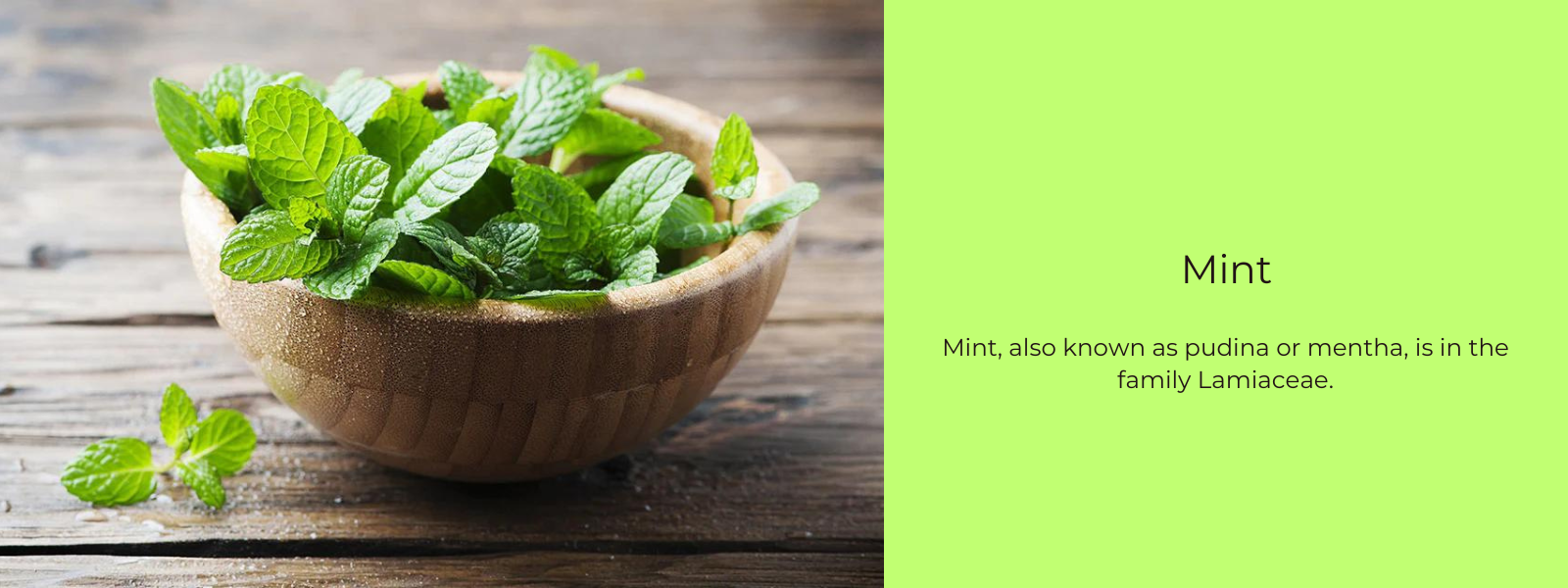
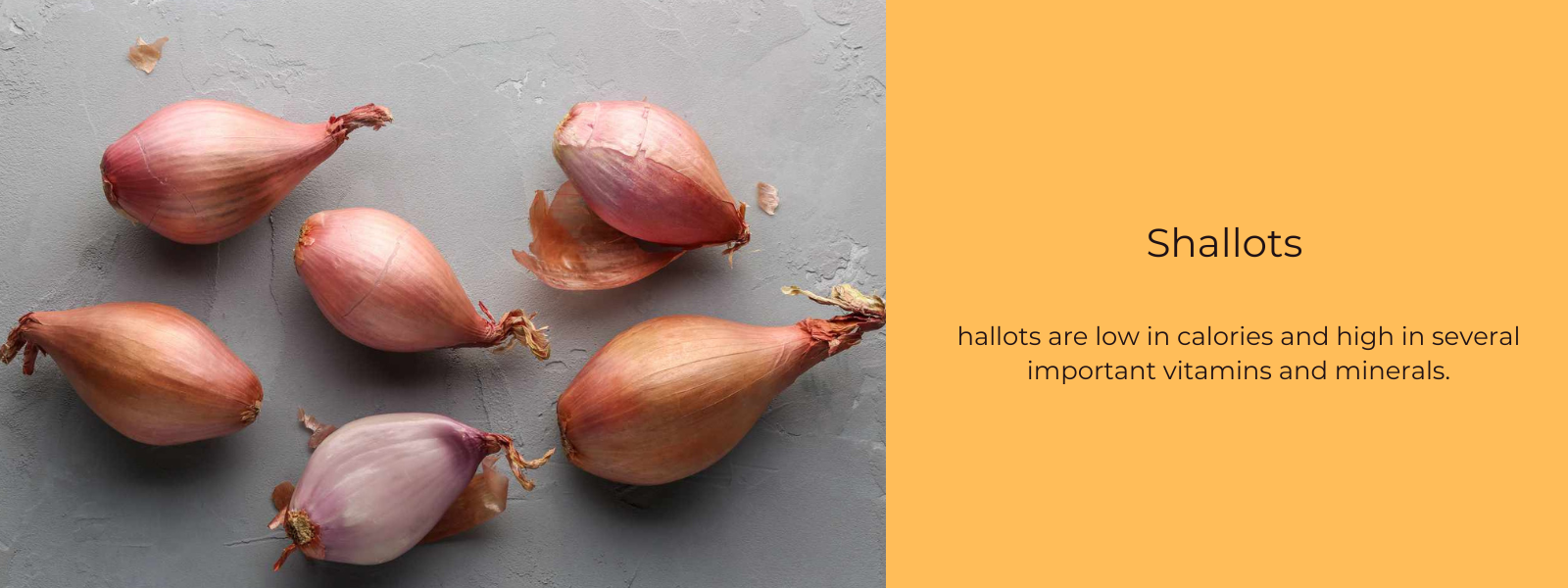
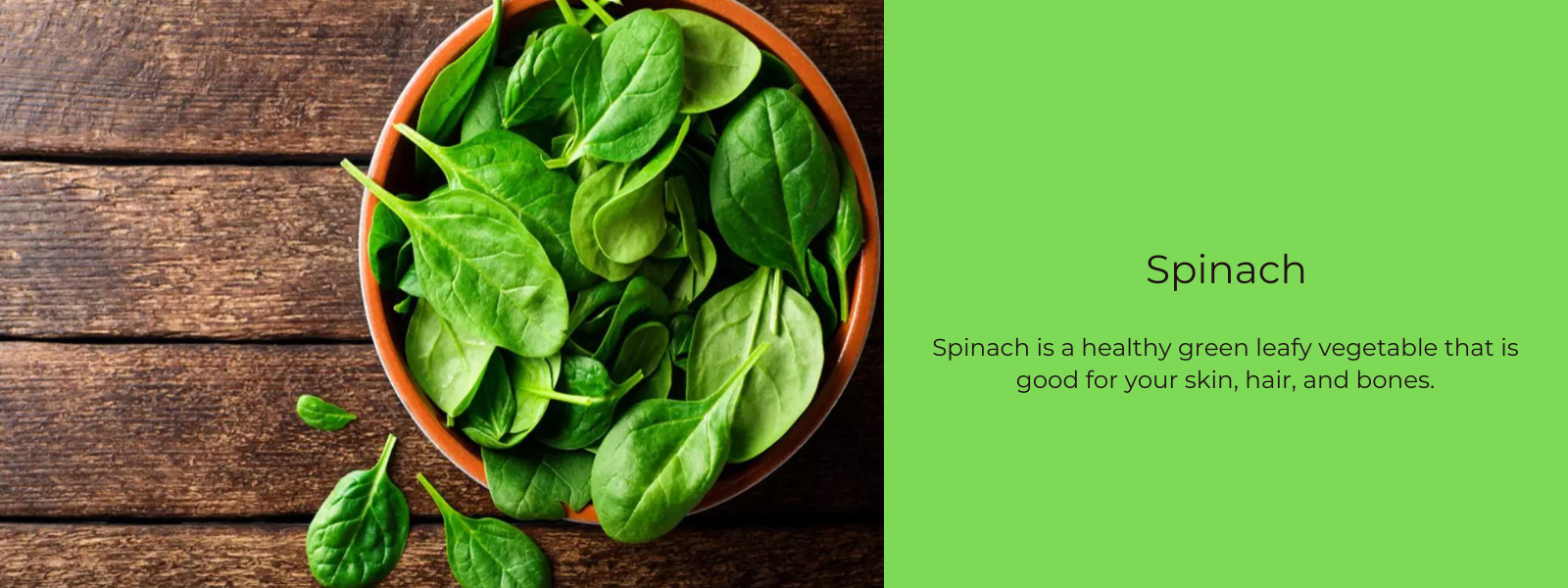
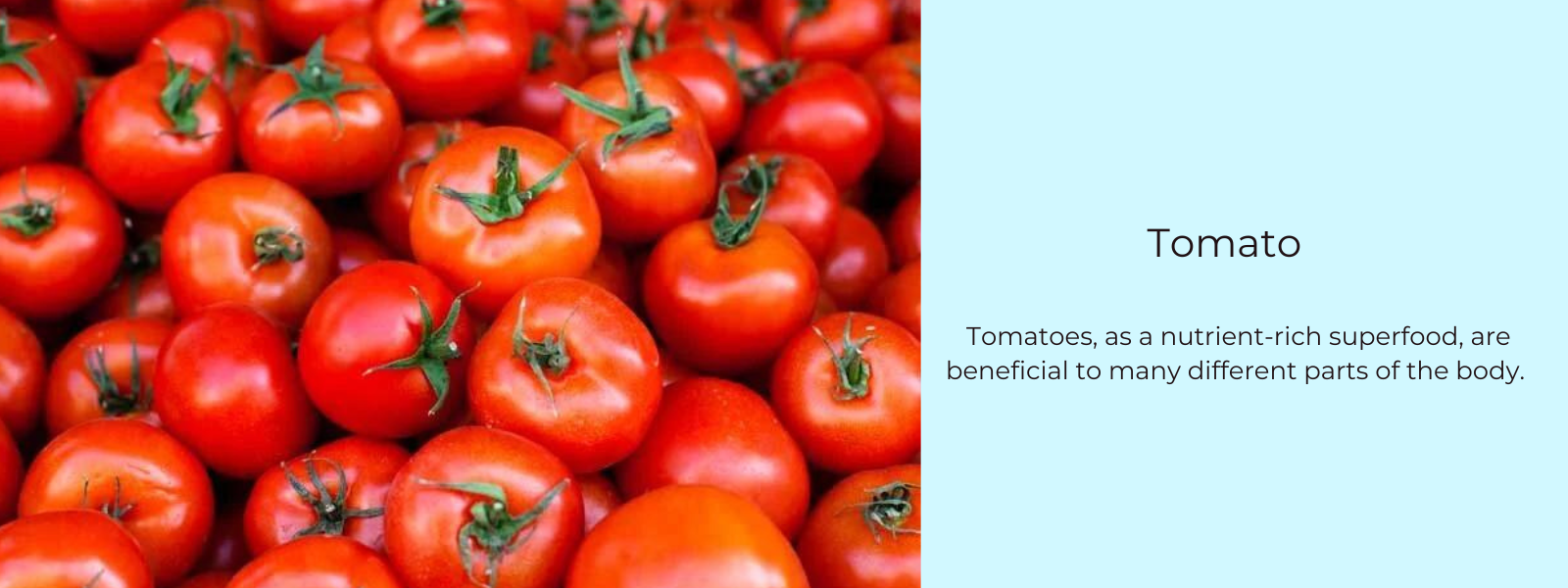
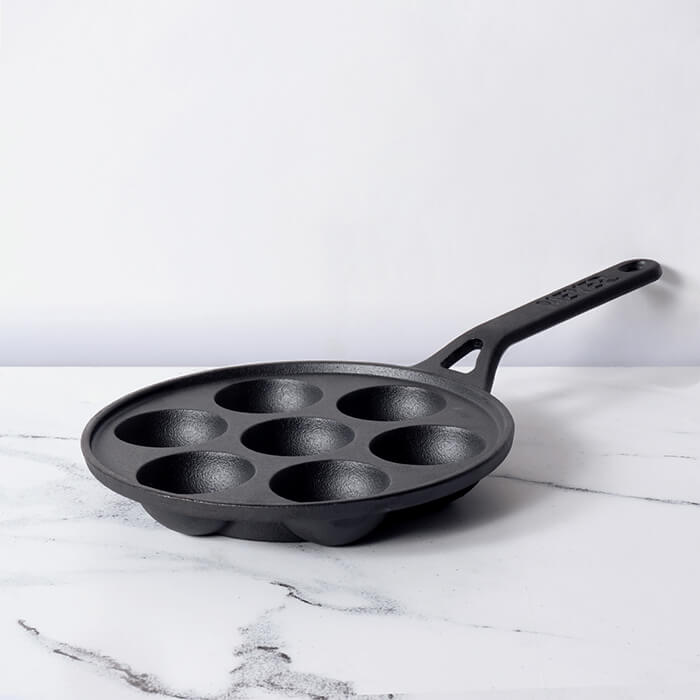
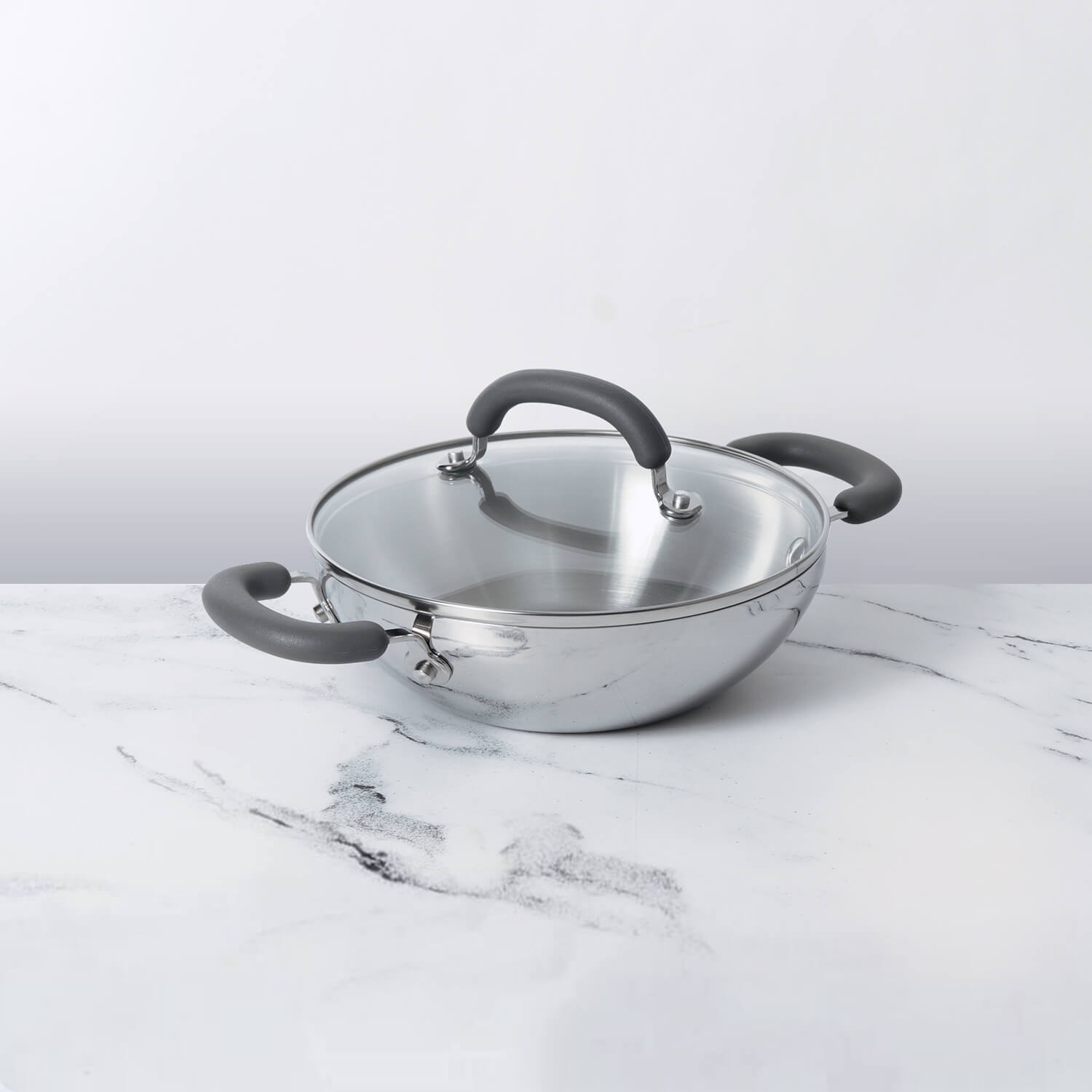




Leave a comment